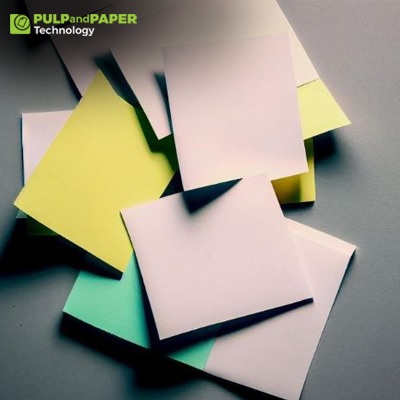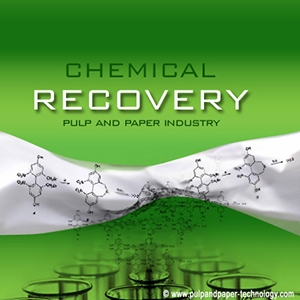Innovative Uses of Paper: From Traditional Products to New Applications

Paper, one of the most versatile and widely used materials, has played a pivotal role in human civilization for centuries. From its traditional uses in writing and printing to its modern applications in technology and sustainability, paper continues to evolve, demonstrating remarkable adaptability. This article explores the innovative uses of paper, highlighting its journey from traditional products to cutting-edge applications.
A. Traditional Uses of Paper
Writing and Printing: The most well-known use of paper is for writing and printing. Since its invention in ancient China, paper has been the primary medium for recording information, creating books, newspapers, and documents. The development of the printing press in the 15th century revolutionized the dissemination of knowledge, making information more accessible to the masses.
Packaging: Paper has long been used for packaging due to its lightweight, flexible, and biodegradable properties. From wrapping gifts to creating cartons and boxes, paper packaging has been a staple in both personal and industrial use. The shift towards eco-friendly practices has further increased the demand for paper-based packaging as a sustainable alternative to plastic.
Art and Craft: Paper is a fundamental material in the world of art and craft. Artists and hobbyists use paper for drawing, painting, origami, scrapbooking, and creating intricate paper sculptures. Its versatility allows for endless creative possibilities, making it a favorite medium among artisans.
B. Innovative Applications of Paper
Paper Electronics: One of the most groundbreaking advancements in paper technology is the development of paper electronics. Researchers have created paper-based batteries, sensors, and circuits, paving the way for low-cost, flexible, and biodegradable electronic devices. These innovations hold promise for various applications, including medical diagnostics, environmental monitoring, and smart packaging.
Biodegradable Packaging: As the world grapples with plastic pollution, paper-based biodegradable packaging has emerged as a sustainable solution. Companies are now producing water-resistant paper packaging for food products, biodegradable paper straws, and even paper bottles. These products not only reduce plastic waste but also decompose naturally, minimizing environmental impact.
Paper-Based Medical Devices: In the medical field, paper is being used to create affordable and accessible diagnostic tools. Paper-based microfluidic devices, also known as paper-based lab-on-a-chip, can perform complex biochemical analyses. These devices are particularly beneficial in resource-limited settings, where they provide cost-effective and easy-to-use diagnostic solutions for diseases like malaria and HIV.
Smart Paper: Smart paper, embedded with sensors and conductive materials, is another innovative application. This technology allows paper to interact with digital devices, enabling touch-sensitive interfaces and interactive packaging. For instance, a smart paper card can be used to control a smartphone or provide augmented reality experiences, enhancing user engagement and interactivity.
Sustainable Building Materials: Paper is also finding its way into the construction industry as a sustainable building material. Compressed paper blocks and panels are being used to create lightweight, durable, and eco-friendly structures. These materials offer excellent insulation properties and can be recycled, contributing to greener building practices.
3D Printing: The advent of 3D printing has opened new avenues for paper. Engineers and designers are now using paper as a material for 3D printing, creating complex structures and prototypes. Paper-based 3D printing is not only cost-effective but also environmentally friendly, as it utilizes recycled paper and reduces plastic waste.
Fashion and Textiles: In the fashion industry, paper is being used to create unique and sustainable textiles. Designers are experimenting with paper fabrics to produce clothing, accessories, and footwear. These paper-based textiles are lightweight, breathable, and can be recycled, offering a sustainable alternative to traditional fabrics.
C. The Future of Paper
The innovative uses of paper demonstrate its incredible adaptability and potential. As technology advances and the demand for sustainable solutions grows, paper will continue to evolve, finding new applications across various industries. Researchers and innovators are exploring the integration of nanotechnology, bioplastics, and other advanced materials with paper to enhance its properties and functionalities.
Paper in Education and Communication
Educational Tools: Paper remains a cornerstone in education. Beyond traditional textbooks and notebooks, interactive paper-based educational tools, such as pop-up books and tactile learning aids, are enhancing learning experiences for children. Innovations like paper circuitry kits teach students about electronics in a hands-on manner, combining learning with creativity.
Communication and Marketing: Despite the digital revolution, paper still holds a significant place in communication and marketing. High-quality paper materials are used for business cards, brochures, and promotional materials, providing a tangible connection that digital media often lacks. Companies are also exploring augmented reality (AR) and near-field communication (NFC) embedded in paper to create interactive marketing campaigns.
Conclusion
In conclusion, paper is much more than a traditional medium for writing and printing. Its innovative uses span across electronics, packaging, medical devices, smart technology, construction, 3D printing, fashion, education, and communication. As we move towards a more sustainable future, the versatility and eco-friendly nature of paper make it an invaluable material, driving innovation and contributing to a greener planet. With ongoing research and technological advancements, the potential applications of paper are limitless, promising a future where paper continues to be an essential and transformative resource.












